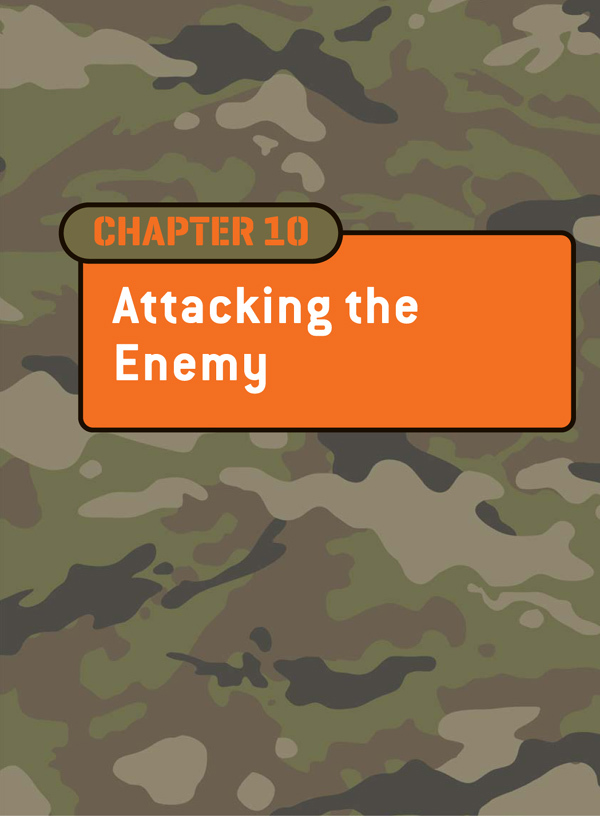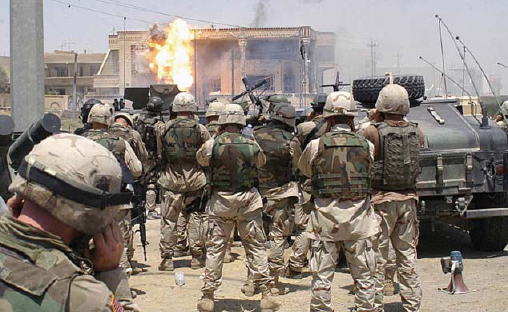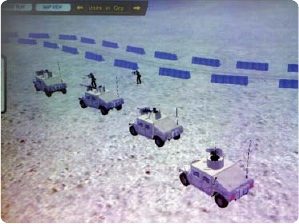The first rule when being interrogated is to say nothing at all during these early stages as a skilled interrogator will start with harmless requests to get you talking then extend these questions into areas of interest to him or her – and in your dazed condition you may not be able to tell what is important.
After a general beating the interrogator may move on to manipulation of your tender spots or the infamous ‘water boarding’ technique. I experienced a form of water boarding training with a certain foreign unit by having our heads held under water repeatedly. Very unpleasant. Some SF units do teach special breathing techniques to make this more bearable but I’m not going to share this knowledge as a little bit of knowledge can be a dangerous thing in the hands of the wrong people.
At this stage you will start to reveal certain amounts of information. So the second rule of interrogation is to start with revealing the information piecemeal (the less important the better) when your pain threshold has been reached but try to ensure this is several hours or days after you were first captured. By then enough time has passed for your own side to be aware of your disappearance and to take steps accordingly to protect any other assets or operations.
And finally, remember that the third rule of interrogation is that it is not always about getting information. Sometimes it is simply about making you dread getting caught so it will be brutal. Very often you are better dead than captured.
* Intelligence ‘Dark Side’ refers to the spooks who work in offices back home. They are allegedly called this because they work in rooms with no windows (for obvious reasons). Not because of their life choices. ‘Light Side’ are the spooks that work out in the fresh air.
* Dead ground is an area where the land dips or falls with the effect of obscuring it from view.

ATTACK VERSUS DEFENCE
We are finally going to look at how to attack and defeat the enemy – and live to tell the tale. Attacking the enemy is where you will generally destroy them in bulk and achieve any decisive victory. Why? Because you only make the decision to attack when you have some advantage of strength, ground, surprise and/or the enemy is concentrated and available for destruction. Therefore, all things being equal, the attacker always has the advantage and the defender is at a disadvantage.
We have seen a great deal so far about defending yourself in positions, convoys, patrols and so forth when they are attacked. You must always remember that in defence you are really making the best of a bad job because the attacker, in the normal way of things, is only attacking at a time and place of his choosing and this because he believes he can win. Or at least achieve his goal of stopping you resting or killing a couple of men. Far better to take the initiative and attack when you can – the best form of defence is attack.

SF soldiers will often rely on standard forces to supply additional support for large-scale operations. 101st Airborne troops supported Delta personnel during the attack on Uday and Qusay Hussein’s compound in July 2003. Both are shown here watching the missile strike on the building which concluded the operation (Delta Force operatives in black helmets). (DoD)
Having said you have the advantage in attack, there are different degrees of advantage depending on the tactical situation:
1. To attack a prepared position it is normal to require three times the defending force because the defenders are dug in and the attacker is crossing open ground. (Air support supplies a lot of attacking firepower and tips the scales overwhelmingly.)
2. When two opposing forces meet unexpectedly then the odds are even unless the ground, training, weapons, numbers or air support gives you an advantage. (You will only prosecute such an attack given you have an advantage.)
3. When ambushing a patrol or convoy the attacker has all the cards: surprise, a better position, readiness, everything his way. When laying an ambush greater numbers are not so important because they are replaced by surprise and the preparedness of the attacker which includes the optimum siting of weapons for maximum effect and other factors you will discover shortly. For this reason, ambush is the most efficient form of attack when carried out correctly and should be your preferred way of meeting the enemy.
But...
To avoid misunderstanding here, let me say something about defending your bases in a counter-insurgency situation: an insurgent attacker would be at an advantage over you if he could put together three times the men as an assault team and achieve air superiority but he never can. Therefore he either has to leave your main bases alone or attack with the intention of harassing you as mentioned earlier. In this situation, by efficient defensive strategy, you are effectively making your main bases impregnable by ensuring the attacker can never have a decisive advantage.
CONCENTRATION OF FIREPOWER
Before we cover the major principles of attack I think it is useful to consider first of all the underlying principle of all combat: concentration of firepower. We will do that briefly below then more thoroughly in The Assault. When we have that principle safely in our heads we can look at the idea behind patrolling where, effectively, you are setting out to go into harm’s way with more or less the intention of making contact with the enemy.

Electronic war games for staff officers. The reality for us guys on the ground is often a little messier. (USMC, Pfc Christopher Lyttle)
Once you understand the idea of patrolling, we can look at the most convenient way of destroying the enemy: the ambush – where everything is set up at a time and place of your choosing to ensure you make an efficient job of eliminating all the opposition. Then to stop you feeling over confident about defending any position you happen to hold we will look at how you organize an assault on a position properly. Assaulting a prepared position properly is so important that we will finish off this section with a dramatized demonstration.
In military colleges, historically, there were seven main forms of manoeuvre taught; all associated with the organization of an attack on another enemy force during a set-piece battle like Waterloo. Every one of them was designed to concentrate the fire of part of your army onto a smaller section of the other army and defeat them at that point by achieving a localized superiority of firepower.
Now I’m not training staff officers but what I am going to explain here is just what you need to know to stay alive: the principle behind winning every military confrontation you will ever come across. The simple reality is that you win every encounter by achieving a localized superiority of firepower. All ambushes and assaults are based on bringing a localized superiority of firepower to bear upon the enemy. This means that you arrange your forces in such a way that you get more guns in one place pointing at fewer guns to win. Sometimes, of course, this is not rifles against rifles, it is cannon against rifles or air strike against cannon. A bit like rock, paper, scissors. Only different.
Localized superiority of firepower
What this means in practice is more offensive material going in the direction of the enemy than is coming back. By bringing a concentration of fire to bear on the enemy he can be destroyed, weakened or, at the minimum, his head can be kept down so he stops shooting at you. While the enemy is suppressed in this way the attacking force moves forward to contact without taking too many casualties and eliminates the enemy or captures his position.